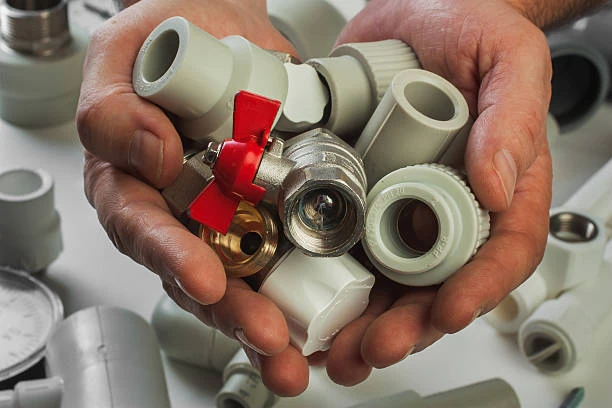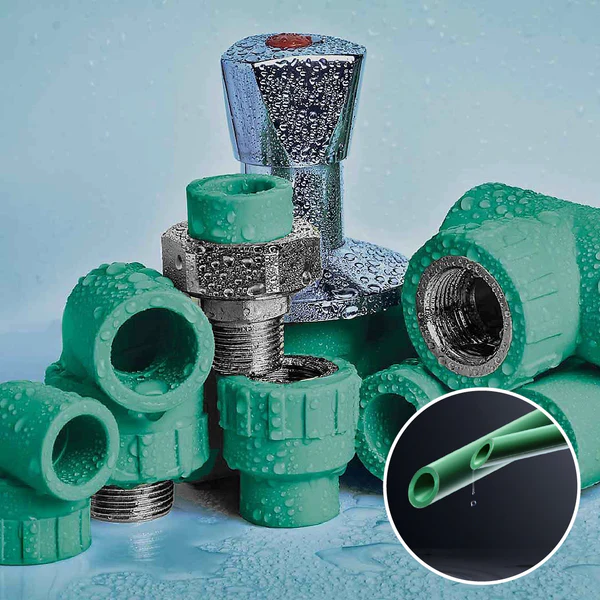The need for efficient water systems is more pressing than ever, and the state of Maine is now facing an enormous task: locating and managing 64,000 underground water valves. These valves play a pivotal role in the water distribution network, controlling the flow and pressure of water across the state. The process of finding and maintaining these valves is a complex and time-consuming project, but it is essential for ensuring the continued reliability and safety of the state’s water supply.
In this article, we’ll explore why water valves are crucial, the process of locating them, and why the state of Maine is investing in this extensive task. We will also delve into how this search will improve the overall water system, enhance maintenance efforts, and contribute to a more sustainable infrastructure for residents.
What Are Water Valves and Why Are They Important?
Water valves are essential components in any water distribution system. These valves regulate the flow of water, control pressure, and allow utilities to isolate sections of the water system for maintenance, repairs, or upgrades. Located throughout the infrastructure, water valves help manage the distribution of clean water to homes, businesses, and public facilities. They are typically install underground, making them difficult to locate but integral to the smooth operation of the system.
There are several types of water valves, each serving different purposes within the water supply system:
- Isolation Valves: Used to shut off water flow to a specific area in case of repairs or emergencies.
- Control Valves: These regulate the pressure and flow of water through the system.
- Check Valves: Allow water to flow in only one direction to prevent backflow.
- Pressure Relief Valves: Designed to prevent excessive pressure buildup in the system, which can lead to pipe bursts or leaks.
The proper functioning of these valves is critical for maintaining water quality, ensuring adequate pressure, and minimizing service disruptions. Without functional valves, it would be impossible to control the water supply effectively, potentially leading to widespread outages or system failures.
The Search for 64,000 Underground Valves
Maine’s water system is vast, with miles of pipelines and complex infrastructure designed to deliver clean, safe water to residents across the state. As part of ongoing efforts to improve the water system’s reliability and efficiency, the state’s water utility companies have embarked on a mission to locate 64,000 underground valves scattered throughout the region.
The task of locating these valves may seem daunting, but it is necessary for several reasons. Over time, valves can become buried under dirt, asphalt, or even vegetation, making them difficult to find and access when needed. Many of these valves have not been map accurately, leading to inefficiencies and delays in service when repairs or maintenance are require.
Challenges in Finding Underground Valves
- Inaccurate Mapping: Over the years, many water valves were install without proper documentation or mapping. As a result, current utility workers often rely on outdated records or incomplete information when searching for valves.
- Accessibility Issues: Many valves are bury under layers of soil, pavement, or other infrastructure, making them challenging to locate and access without significant excavation work.
- Time-Consuming Process: Locating each of the 64,000 valves will require significant manpower and resources. The process involves digging up specific areas, scanning for underground markers, and checking previously mapped locations.
- Technology Integration: Modern technologies like GIS (Geographic Information Systems) and smart sensors are being useful to streamline the search process and make it more efficient. However, it still requires precision and accuracy to pinpoint the exact locations of these buried valves.
Despite these challenges, locating these valves is an essential task that will help the state improve its water management system.

Why Is This Effort Important?
Locating and properly maintaining 64,000 water valves is an enormous undertaking, but it is necessary for several important reasons. The goal of this initiative is to enhance the efficiency, safety, and sustainability of Maine’s water infrastructure.
- Improved Emergency Response: By knowing exactly where all the valves are located, utility workers can respond more quickly in emergencies, such as water main breaks or pipe bursts. With valves easily accessible, workers can isolate affected areas more rapidly, reducing the extent of damage and restoring service faster.
- Better System Maintenance: Properly mapped valves allow for more efficient maintenance and repairs. When utilities need to shut off water to perform repairs or upgrades, it is much easier to find and operate the necessary valves.
- Cost Savings: Locating valves that were previously hard to access can lead to significant cost savings. When maintenance is delay due to difficulties in finding valves, repair costs can escalate. Moreover, reducing water loss due to valve malfunctions also helps save money in the long term.
- Increased Water Quality: A well-maintained valve system helps regulate water pressure, ensuring that water quality remains consistent. If pressure is too high or low, it can result in poor water quality, damage to the pipes, or contamination. By ensuring the system is functioning properly, utilities can maintain clean, potable water for all users.
- Sustainability: Keeping the system in top condition reduces the need for extensive, large-scale repairs. A well-maintained water system also conserves resources by preventing water loss due to leaks or broken pipes.
The Role of Technology in Locating Water Valves
As the search for Maine’s 64,000 underground valve progresses. Technology plays a crucial role in improving the efficiency of the process. The integration of smart tools and data systems is transforming how utilities locate and maintain valves across the state.
- Geographic Information Systems (GIS): GIS technology has made it easier for utility companies to map out the locations of water valve. Which ensuring that they can access accurate and up-to-date information during maintenance. GIS can also help in identifying areas that require valve upgrades or replacements.
- Smart Sensors and IoT: Smart sensors can be install in valve to monitor their condition in real time. These sensors help utility companies track valve performance, detect leaks, and alert workers to issues before they become critical. This proactive approach can prevent major disruptions and reduce response times during emergencies.
- Drones and Ground Penetrating Radar: Drones and radar technology can be useful to scan large areas for underground valve. Which helping workers pinpoint their exact locations without extensive digging. This technology is especially useful in urban areas where valve are bury under asphalt or concrete.
- Data Analytics: Data analytics tools help utilities process vast amounts of information. Which identifying patterns and trends related to valve performance and water system health. This data can be useful to schedule preventative maintenance and repairs, ensuring the system remains in top condition.
What Residents Can Expect
Maine residents can expect improved water service as a result of this valve search and replacement effort. While there may be some disruption during maintenance work, the long-term benefits will include:
- Fewer water outages: With easier access to valve, utilities can address issues more quickly and effectively.
- Reduced service interruptions: Better mapping of valve ensures that routine maintenance or emergency repairs are less likely to cause extended disruptions.
- More efficient water use: Proper valve maintenance helps prevent leaks, ensuring that water is distribute efficiently without waste.
In addition, residents can expect communication from their water utility providers throughout the process. Utility companies will keep residents informed about any planned maintenance or disruptions and provide guidance on how to prepare for any temporary water shutoffs.
Conclusion
Maine’s ambitious plan to locate and manage 64,000 underground water valve is a crucial step toward maintaining a reliable, efficient. And sustainable water distribution system. By improving the accessibility and functionality of these valves, the state will ensure better water quality, faster emergency response times, and more cost-effective maintenance. The integration of modern technology will help speed up the search process. Which making it easier for utility companies to manage their infrastructure. Ultimately, the effort will benefit residents by providing a more reliable water system for years to come.
Frequently Asked Questions (FAQs)
- Why are there so many underground water valve to locate?
Over time, many valve have been install without proper documentation or mapping, leading to difficulties in finding and maintaining them. - How will this search improve my water service?
Locating and maintaining the valve ensures more efficient management of the water system. Which reducing outages, improving water pressure, and preventing leaks. - What technology is being used to find these valve?
GIS, smart sensors, drones, and ground-penetrating radar are some of the technologies being useful to locate and map the underground valve. - Will there be disruptions to my water service during this process?
There may be brief disruptions or water shutoffs during maintenance, but these will be communicate in advance to minimize inconvenience. - How long will it take to locate all 64,000 valve?
The process will take several years, but the work is ongoing, and progress is being made through the use of advanced technology and data systems.


















